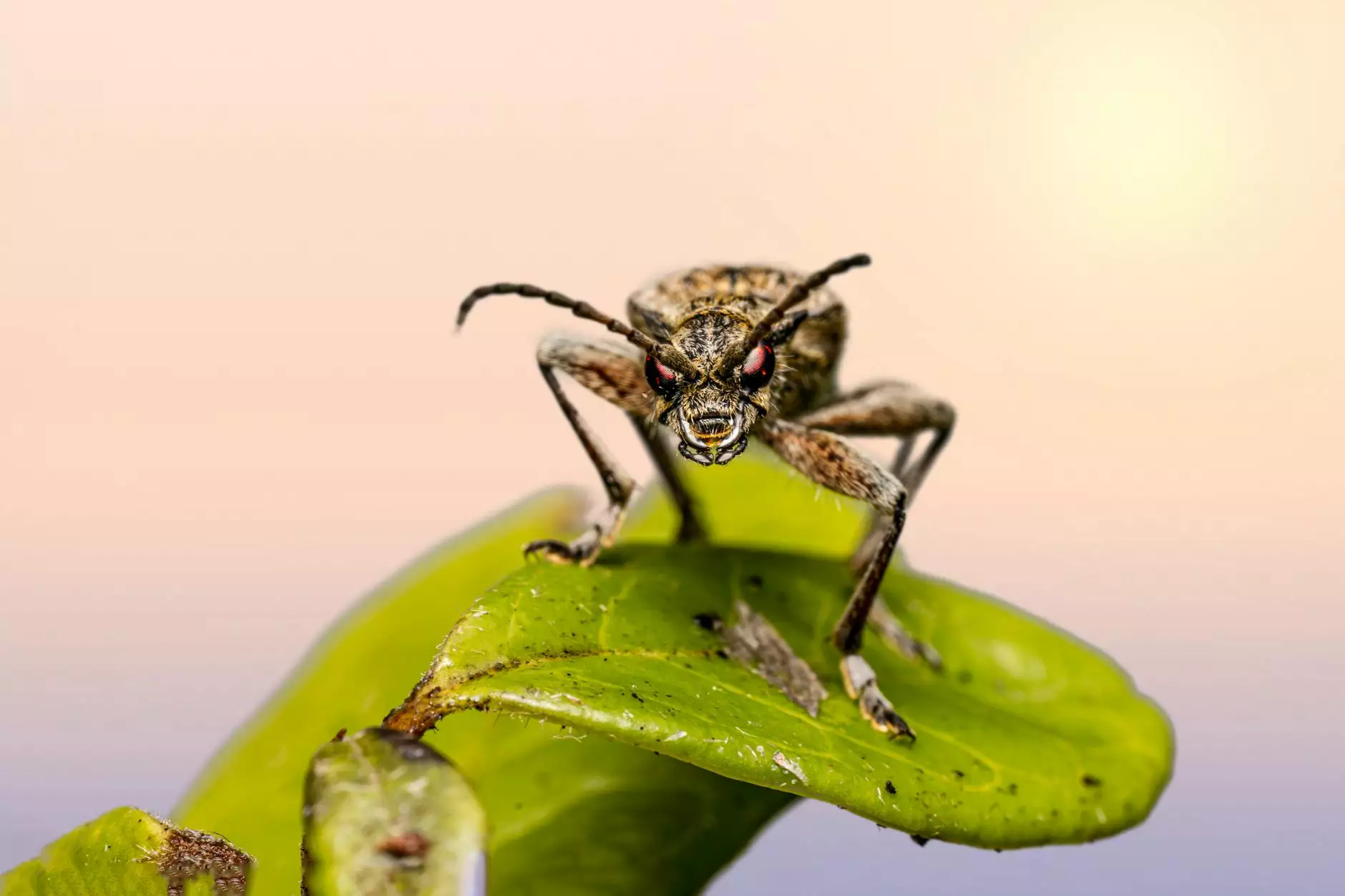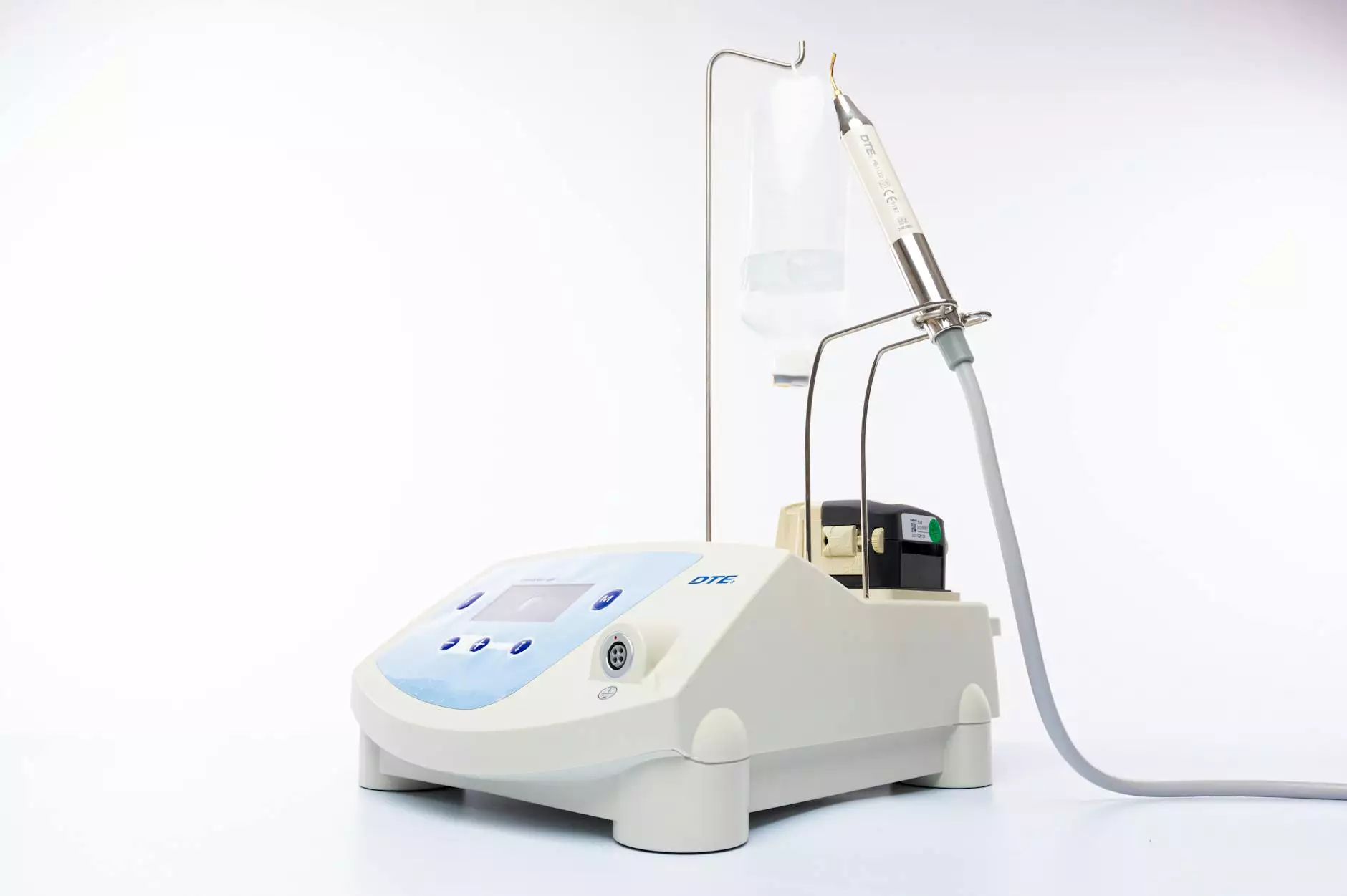Corn Weevil Control: Essential Strategies for Farmers

In the agriculture industry, corn weevil control is a topic of immense importance. The corn weevil, scientifically known as *Sitophilus zeamais*, is a significant pest that can wreak havoc on stored grains, particularly corn. This article will explore effective strategies for controlling this pest, ensuring farmers can protect their agricultural investments.
Understanding the Corn Weevil
The corn weevil is a small but destructive beetle that primarily infests maize and other grains. Knowing its lifecycle and behavior is crucial for effective control. These pests can reproduce quickly, leading to rapid infestations if not managed appropriately.
The Lifecycle of Corn Weevils
Corn weevils undergo a complete metamorphosis, which includes four stages: egg, larva, pupa, and adult. Here’s a brief overview:
- Egg Stage: Female corn weevils lay their eggs inside the kernel of corn. Each female can lay up to 200 eggs.
- Larval Stage: After a few days, the eggs hatch into larvae that feed on the corn kernel, causing extensive damage.
- Pupal Stage: The larvae then pupate inside the kernel, eventually turning into adults.
- Adult Stage: Adult weevils emerge to continue the cycle, often in large numbers.
Signs of Infestation
Recognizing the signs of corn weevil infestations early is key to effective corn weevil control. Look out for:
- Visible holes in corn kernels.
- Frass (insect excrement) around grain storage areas.
- Presence of adult weevils in storage containers.
- Decreased quality and quantity of stored grain.
Effective Control Methods
Controlling corn weevils requires an integrated approach. Below are some of the most effective strategies:
1. Preventive Measures
Prevention is the first line of defense against corn weevil infestations. Here are essential preventive measures:
- Proper Storage: Ensure grains are stored in airtight containers to prevent weevil entry.
- Temperature Control: Keep storage areas cool and dry, as corn weevils thrive in warm, moist conditions.
- Regular Inspection: Conduct frequent checks of stored grains to identify early signs of infestation.
2. Physical Control
Physical control methods can significantly reduce weevil populations:
- Vacuuming: Use industrial vacuums to remove adult weevils and debris from storage areas.
- Heat Treatment: Expose infested grains to temperatures above 120°F (49°C) for at least 30 minutes to kill weevils.
- Freezing: For small quantities of grains, freezing them for a week can eliminate any weevil life stages.
3. Biological Control
Biological control involves using natural predators or pathogens to manage corn weevil populations:
- Beneficial Insects: Introducing predatory insects that feed on corn weevils can help manage their numbers.
- Nematodes: Certain nematodes can attack the larvae of corn weevils, reducing their populations.
4. Chemical Control
When infestations are severe, chemical treatments may be necessary. Always use pesticides as a last resort and follow safety guidelines:
- Insecticides: Select insecticides specifically labeled for corn weevil control and apply them according to the manufacturer’s instructions.
- Fumigation: For large-scale infestations, consider professional fumigation services to eliminate weevils in storage facilities.
Importance of Equipment Maintenance
At TSGC Inc., we emphasize the importance of maintaining your farm equipment to ensure optimal performance when combating pests like corn weevils. Proper maintenance not only enhances the efficiency of your operations but also contributes to effective pest control:
- Regular Inspections: Frequent checks and maintenance can prevent breakdowns that lead to increased pest exposure.
- Equipment Cleaning: Clean equipment thoroughly post-harvest to reduce pest entry points and breeding grounds.
- Tool Upgrades: Investing in modern pest control tools can yield better results in managing infestations.
Best Practices for Farmers
Incorporating best practices can enhance your corn weevil control efforts:
- Educate Yourself and Your Team: Keep your team informed about best control strategies.
- Collaborate with Experts: Work with pest control professionals or local cooperative extensions for advice and support.
- Stay Informed: Join farming community forums to share experiences and learn about the latest in pest management.
Conclusion
Effective corn weevil control is critical for protecting your corn crops and overall farming success. By understanding the lifecycle of corn weevils and implementing preventive, physical, biological, and chemical control strategies, farmers can minimize the damage caused by these resilient pests. Additionally, maintaining farm equipment and following best practices are integral to sustaining a healthy farming environment.
For comprehensive solutions and support, consider reaching out to TSGC Inc. Our expertise in farm equipment repair and farming equipment ensures you have the best tools and strategies in place to combat corn weevils and enhance your agricultural productivity.









